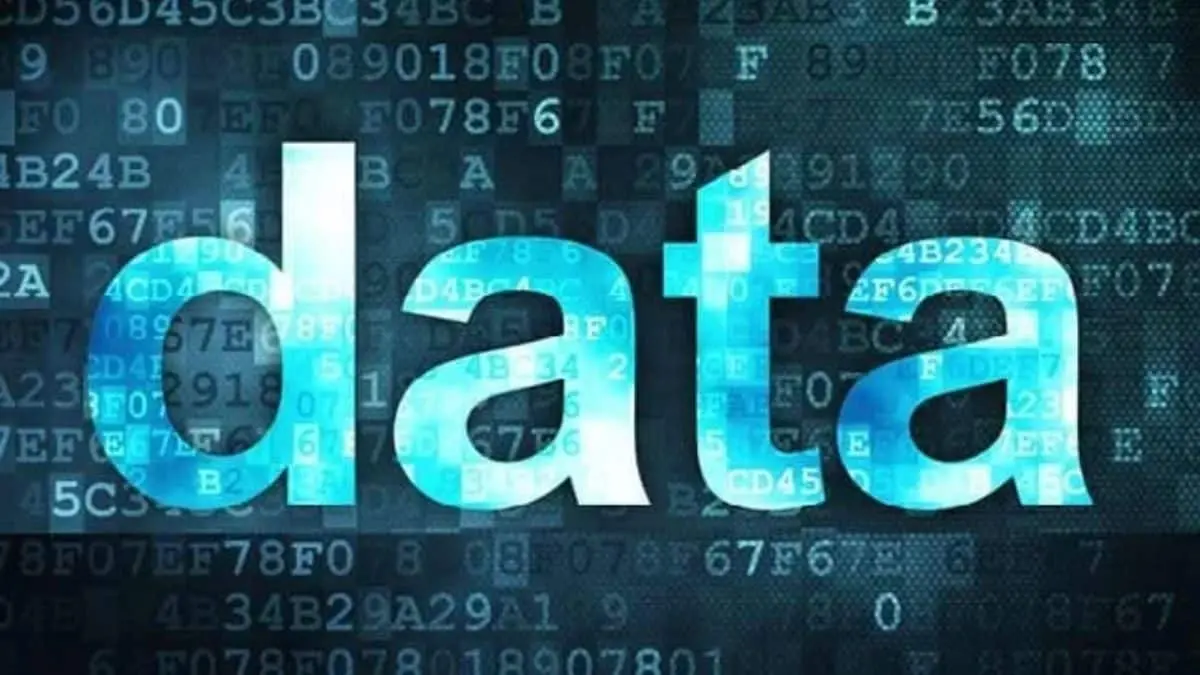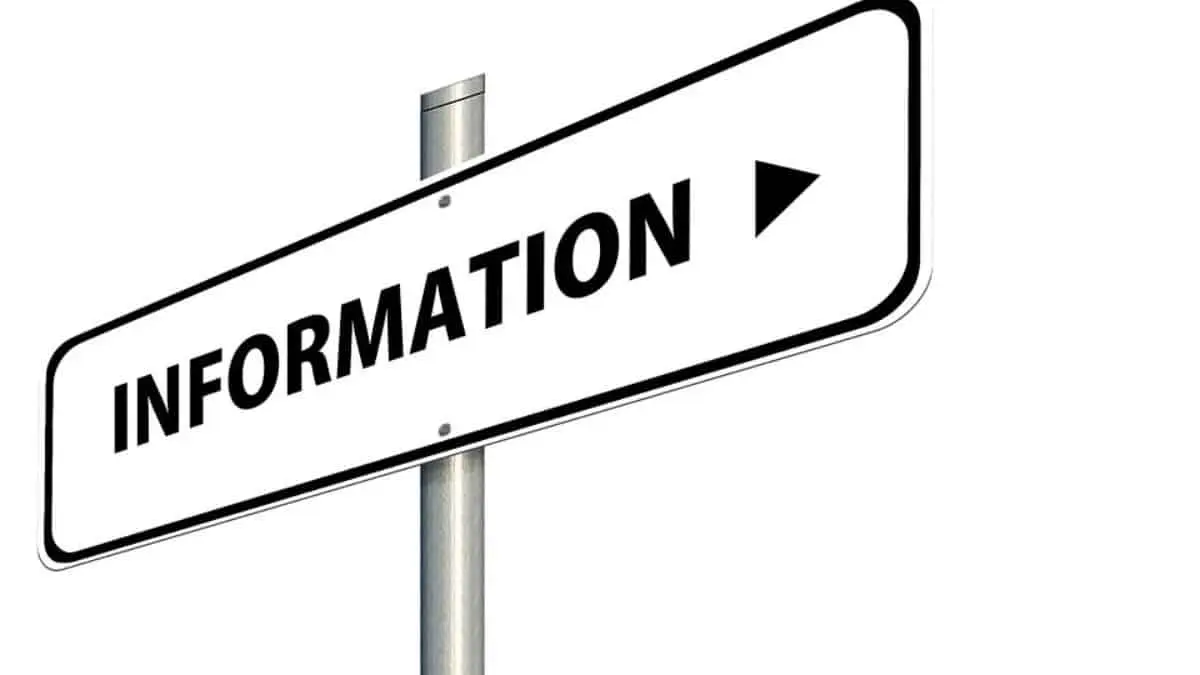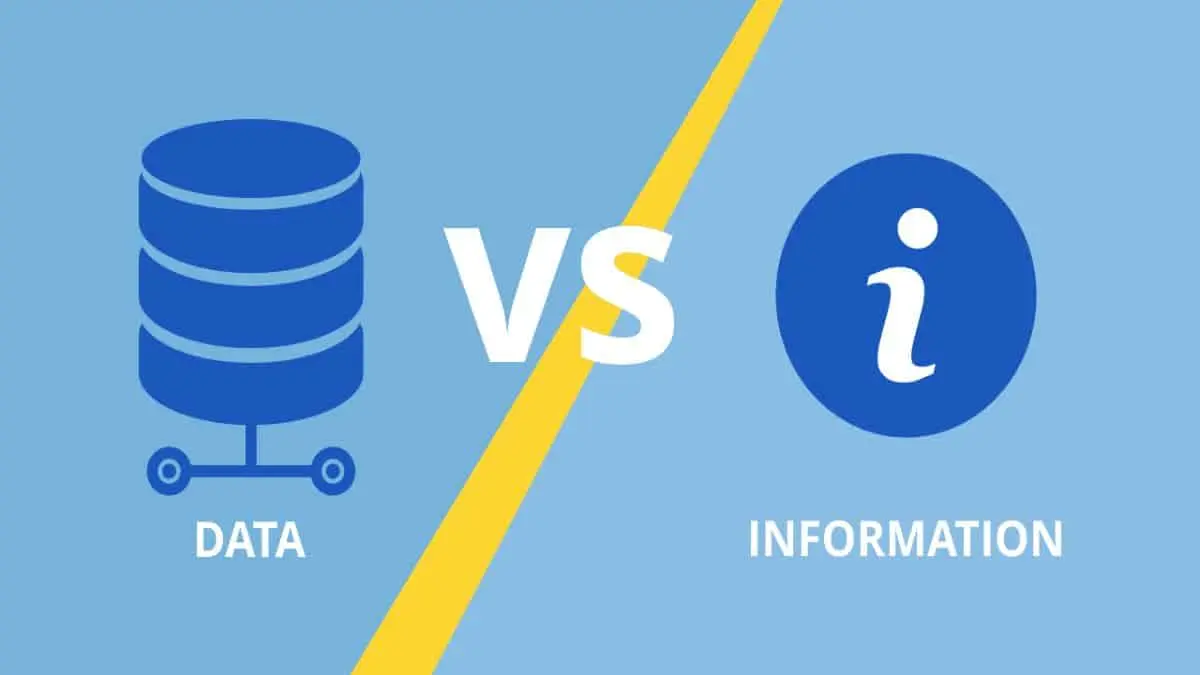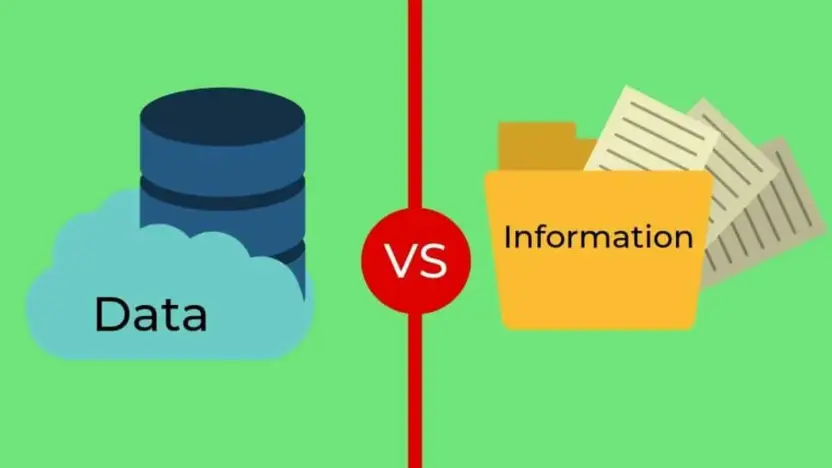In today’s digital age, the terms “data” and “information” are often used interchangeably, yet they represent distinctly different concepts. Understanding the Difference Between Data and Information is crucial, not only for professionals in the fields of technology, business, and science, but also for anyone navigating the vast seas of digital content. Data, in its rawest form, comprises facts and figures scattered without context, much like puzzle pieces scattered across a table. Information, on the other hand, emerges when these pieces are assembled into a coherent picture, providing meaning and insight.
In this blog post, we will explore the definitions of data and information, illustrate their differences with examples, and discuss their respective roles in transforming insights into actionable knowledge. By the end of this discussion, you will have a clearer understanding of how raw data is processed into valuable information and why distinguishing between these two is pivotal in any decision-making process.
Definition of Data

Data is a collection of raw facts and figures that are often devoid of context or intent. These can be numbers, words, measurements, observations, or even just descriptions of things, all captured in their most unprocessed form. Data is the foundation on which information is built; it is the essential input that, when properly analyzed and interpreted, leads to the creation of meaningful information.
Characteristics of Data
- Raw: Data is typically collected from various sources and remains in an unorganized state until it is processed.
- Unstructured or Structured: Data can be unstructured (like text or images) or structured (like numbers in a spreadsheet).
- Objective: It does not contain any interpretation or analysis, providing a straightforward representation of facts.
Examples of Data
- A list of temperatures recorded during different times of the day.
- Survey results showing different responses without any summary or analysis.
- Sales figures of a company for each month of the year without any comparison or trend analysis.
Understanding data in its raw form is crucial, as it represents the first step in the data-to-information lifecycle. Without data, there is no information. The next section will discuss how this raw data transforms into information, which is useful and meaningful to its users.
Definition of Information

Information is what we obtain when data is processed, organized, or structured in a way that adds context and meaning. It is data that has been interpreted and transformed into a form that is useful and makes sense to those who need it. Information provides insights and can influence decision-making because it is more than just raw data; it is data made actionable and applicable.
Characteristics of Information
- Processed: Unlike raw data, information is data that has been processed or manipulated to increase its utility.
- Contextual: It includes context that helps users understand its relevance and significance.
- Insightful: Information is designed to be useful and provide insights that guide actions or decisions.
Examples of Information
- A weather forecast that uses temperature data to predict tomorrow’s weather conditions.
- A business report summarizing quarterly sales data to highlight trends and growth opportunities.
- An analytical summary of survey results that provides insights into consumer behavior.
By turning data into information, individuals and organizations can derive meaningful insights that are critical for making informed decisions. This transformation involves various processes and tools, which we will explore in the following sections of this blog post.
Comparative Analysis

Understanding the distinction between data and information is pivotal for effective data management and utilization. While both are integral to knowledge processing and decision-making, their roles and characteristics differ significantly.
| Aspect | Data | Information |
|---|---|---|
| Nature and Form | Raw, unprocessed facts and figures without context. | Processed data that provides meaning and context. |
| Utility | Potential value when processed and analyzed. | Directly actionable and influences decision-making. |
| Complexity | Simple, often quantifiable; can be voluminous and overwhelming without processing. | Result of analysis; more complex and meaningful. |
| Dependency | Can exist independently as simple facts. | Depends on data; requires interpretation and contextualization. |
| Transformation | Collection → Processing | Analysis → Synthesis |
| Practical Example | List of daily temperatures recorded in a city. | A weather forecast predicting rain based on temperature data. |
Conclusion
Throughout this discussion, we have explored the distinct yet interconnected roles of data and information. Understanding the difference between these two concepts is crucial for anyone looking to effectively process, manage, and utilize the vast amounts of data available in today’s digital landscape. Data, in its raw form, represents potential; it is the building blocks from which meaningful insights are derived. Information, on the other hand, is the transformation of these blocks into structured, actionable insights that can significantly influence decision-making and strategic planning.
Also Read: Difference Between College and University



